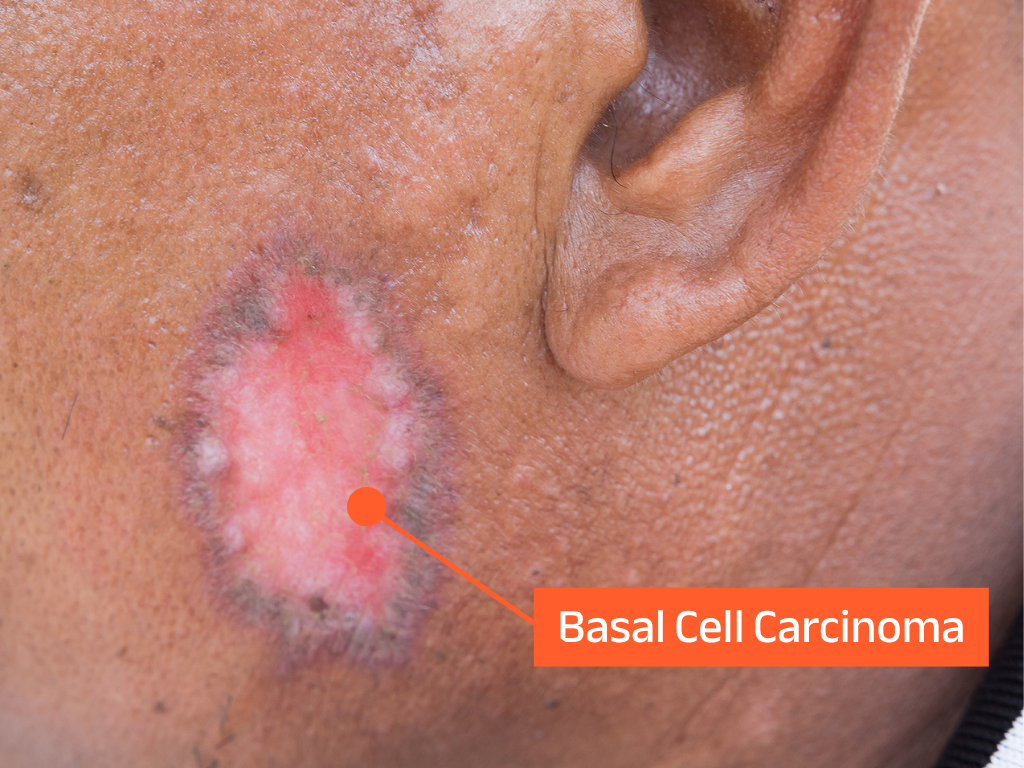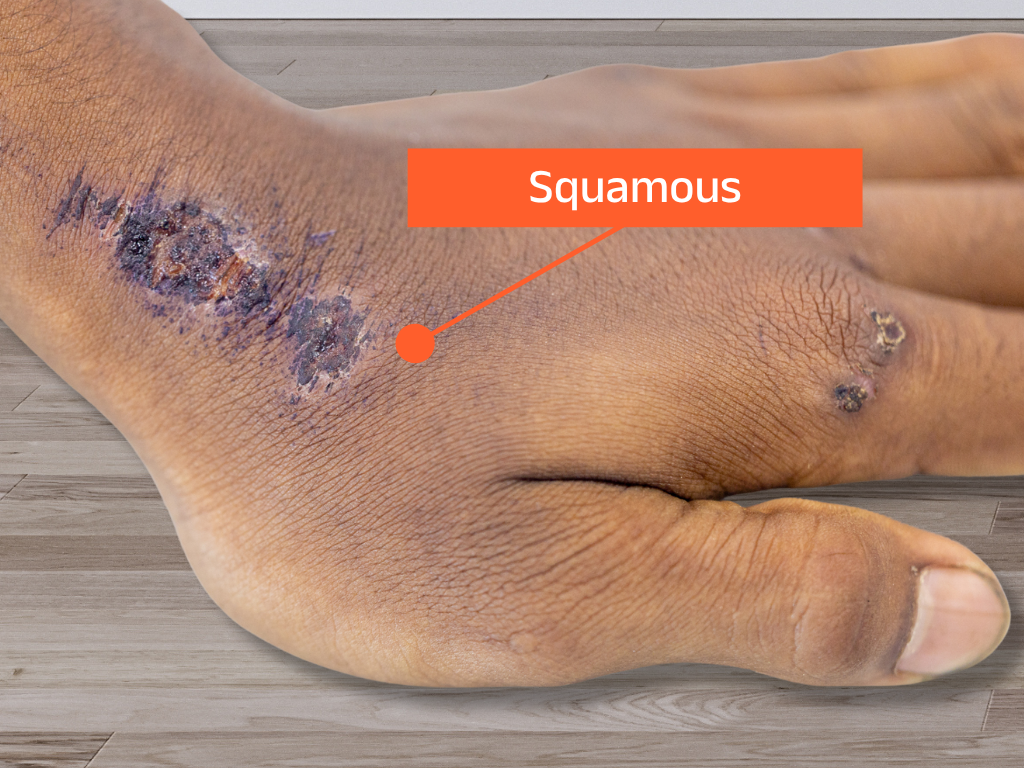It’s unfortunate that for a very long time, there has been a misconception that Black people can’t get skin cancer. This belief stems from the fact that melanin provides some natural protection against UV radiation from the sun. However, it doesn’t provide 100% protection, and this misconception can be both dangerous and misleading. Many people of color aren’t vigilant about the potential signs of skin cancer, thinking it doesn’t impact them. While it’s true that people with darker skin have a lower risk of developing skin cancer compared to those with lighter skin, Black individuals are not immune. It can affect people of all skin tones, and it is essential to recognize the signs early for proper treatment and prevention.
Here’s a deeper dive into how to recognize its signs on Black skin.
What is Skin Cancer?
Skin cancer is the most common type of cancer in the United States. It occurs when skin cells begin to grow uncontrollably, often due to damage from UV radiation. The three main types of skin cancer are:
Basal Cell Carcinoma
The most common form, BCC often appears as a small, pearly bump on sun-exposed skin.

Squamous Cell Carcinoma
SCC is often seen as a firm, red nodule or a scaly, crusted surface.

Melanoma
The most aggressive type, melanoma is characterized by the uncontrolled growth of pigment-producing cells (melanocytes). It typically appears as a mole that changes shape, color, or size.

How Can You Avoid Skin Cancer?
While unfortunately, no one is fully immune to skin cancer, there are critical steps that you can take to reduce your risk. Some of those most effective preventive measures are:
Use Sunscreen: Regardless of your skin tone, sunscreen is essential. Opt for a broad-spectrum sunscreen with an SPF of 30 or higher. Apply it generously on all exposed skin, and reapply every two hours, or more often if swimming or sweating.
Wear Protective Clothing: Stay in the shade as much as you and wear protective clothing like hats, sunglasses, and long sleeves to shield you from UV rays. Look for clothing with built-in sun protection (UPF-rated fabrics).
Regular Skin Checks: Early detection is crucial. Self-exams and professional skin check-ups can help identify suspicious growths early. If you notice any changes in the appearance of your skin or moles, consult a healthcare provider immediately.
What Does Skin Cancer Look Like on Black Skin?

One of the most challenging aspects of diagnosing skin cancer in Black individuals is that the signs may not always appear as they would on lighter skin tones. For people with darker skin, skin cancer may not present as a distinct “white” or “pink” bump, which is often visible on lighter skin. Instead, it may appear differently, which means that early detection requires an understanding of what to look for on darker skin.
Here are a few common indicators to watch out for on Black skin:
Dark Spots or Moles
While moles are common for people with darker skin, new or changing moles can be a sign of melanoma. Keep an eye out for moles that become asymmetrical, have irregular borders or change in color over time. If the mole becomes darker or has multiple colors, it could be a sign of skin cancer.
Hyperpigmented Areas
On Black skin, skin cancer may present as dark, flat patches or spots. These areas can resemble freckles or age spots, though they may be larger and have irregular borders. These patches may also appear darker or lighter in color, signaling the need for attention.
Nodules or Lumps
In some cases, skin cancer on Black skin can appear as firm lumps under the skin that are flesh-colored or dark. These bumps may grow over time and may be accompanied by changes in the skin’s texture.
Changes in Nail Beds
What many people miss is that sometimes skin cancer can develop in or around the nails, appearing as a dark streak or black line. This is why it is important to check your nails for any unusual markings, discoloration, or changes.
Itchy or Painful Skin
Skin cancer can sometimes cause discomfort, such as itching or pain in a particular area of the skin. If you experience any new, unexplained discomfort on your skin, it is worth getting checked by a dermatologist.
Scarring or Ulcers
In rare cases, skin cancer can cause ulcers or open sores that do not heal. These can sometimes appear darker than the surrounding skin and may be confused with other skin conditions.
